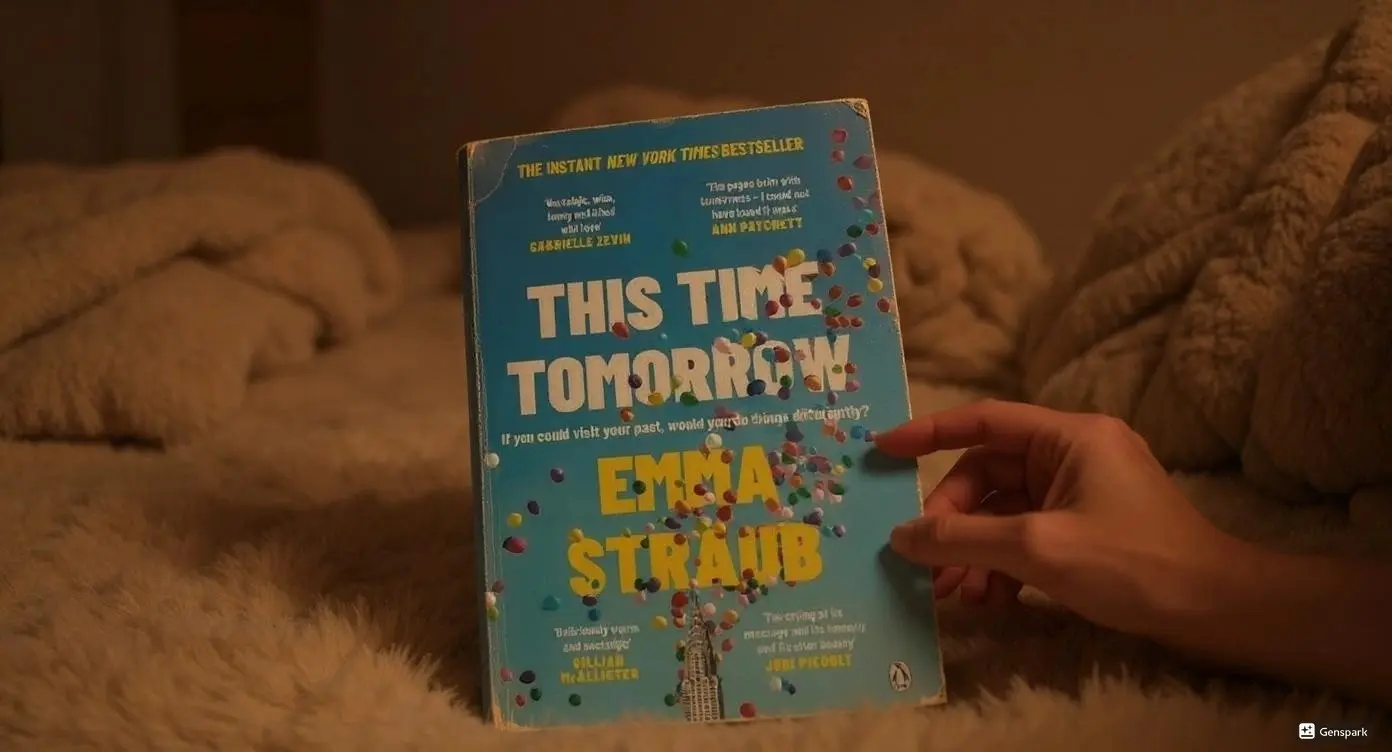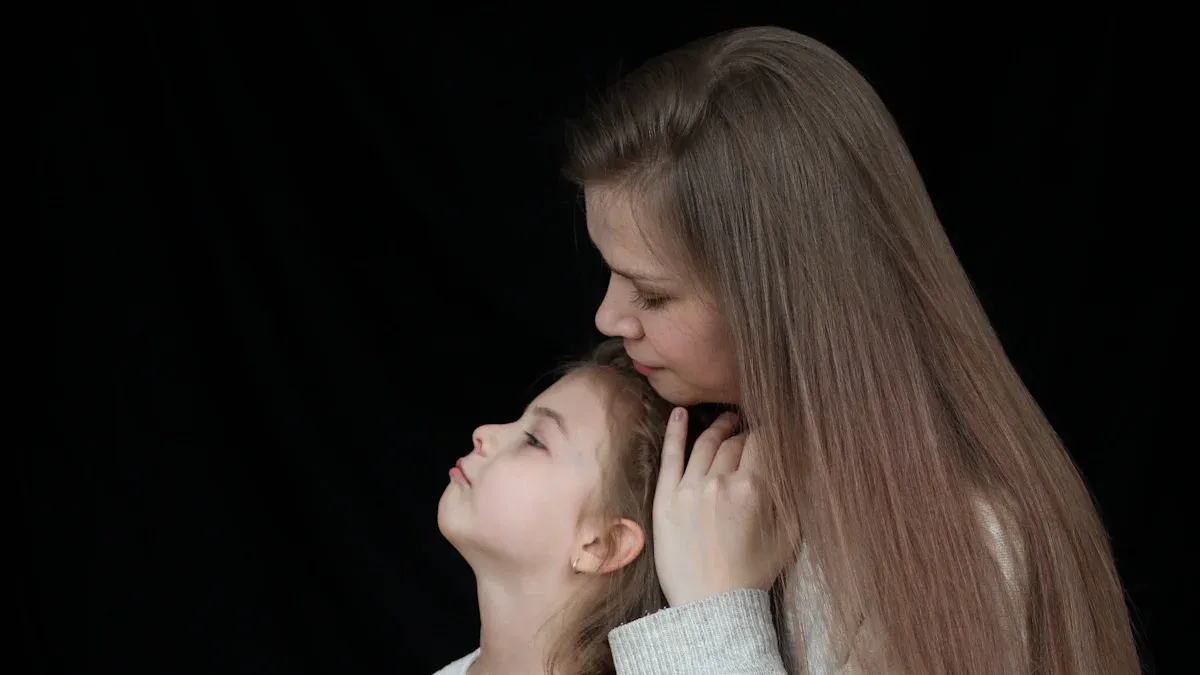I just finished Liane Moriarty’s latest page-turner at 2 AM last night, and I’m still processing the emotional aftermath. Here One Moment follows an ordinary flight where a mysterious woman stands up and tells each passenger their time and cause of death, and what happens when her predictions begin coming true. As someone who’s devoured psychological fiction for decades, I can confidently say this book grabbed me by the throat from page one and refused to let go.
Moriarty’s brilliantly constructed tale examines free will versus destiny, grief and love, and our endless struggle to maintain certainty in an uncertain world. The author’s signature wit shines through dark subject matter, creating a reading experience that’s both thought-provoking and surprisingly hopeful.
What struck me most was how she transforms a potentially morbid premise into a celebration of what makes life worth living. The narrative structure alternates between multiple characters, each grappling with their predicted fate in uniquely human ways.
After reading this 512-page tour de force, I found myself questioning my own life choices and priorities. Moriarty masterfully creates well-rounded, completely believable characters who reminded me of people I’ve met, making their struggles feel intensely personal. This isn’t just another airport novel – it’s a profound meditation on mortality disguised as addictive commercial fiction that left me questioning everything.
Key Takeaways
The power of mortality awareness transforms how we prioritize relationships and daily choices, making previously trivial concerns fade into insignificance.
Free will versus predestination becomes less important than how we choose to live once we accept death’s inevitability, regardless of timing.
Community connections strengthen when people face shared existential threats, revealing humanity’s capacity for compassion during crisis moments.
Personal transformation often requires external catalysts, and confronting death can spark the courage needed for authentic living rather than mere survival.
Statistical predictions about human behavior carry emotional weight even when we intellectually understand probability doesn’t determine individual outcomes.
Basic Book Details:
Publishing Information: September 10, 2024 by Crown Publishing Group
Genre: Contemporary Fiction, Literary Fiction
Plot: Passengers on a domestic flight receive death predictions from a stranger, forcing them to confront mortality and make life-changing decisions
Series Information: Standalone novel
Page Count: 512 pages
Main Characters: Cherry (the predictor), Allegra (young mother), Leo (retired teacher), Sue (grandmother), Paula (real estate agent)
My Personal Reading Experience
I picked up this book during a particularly stressful work period, needing escapist fiction to unwind before bed. Instead, I found myself staying up until 3 AM, completely absorbed in these characters’ journeys. Reading it felt like having intense therapy sessions with strangers who gradually became friends.
The opening airplane sequence hooked me immediately – I’ve always been fascinated by enclosed-space dynamics and group psychology. What started as curiosity about how people would react to death predictions became a deeply personal reflection on my own mortality fears.
I read most of it curled up in my favorite armchair during a rainy weekend, occasionally stopping to text my sister about random childhood memories the book triggered. The experience reminded me why I fell in love with character-driven fiction in the first place.
Literary Analysis and Writing Craft
Moriarty’s intricately plotted narrative showcases the wonderful wit she’s become famous for, but this novel represents a significant evolution in her storytelling approach. The multiple perspectives create a symphony of voices, each distinct yet harmoniously connected through shared experience.
Her chapter structure deserves special recognition – short, punchy sections that end with subtle cliffhangers keep pages turning. The alternating timelines between Cherry’s backstory and the passengers’ present-day responses create narrative tension without feeling manipulative.
The dialogue crackles with authenticity, capturing how real people speak under pressure. Moriarty avoids the trap of making her characters too articulate during emotional moments, instead showing vulnerability through stammered conversations and awkward silences.
Character Development and Psychological Depth
Cherry’s transformation from unremarkable passenger to “Death Lady” provides the novel’s emotional core. Her journey from statistical analyst to reluctant prophet feels earned rather than contrived, grounded in believable psychology and circumstance.
The ensemble cast showcases Moriarty’s gift for creating distinct voices. Young mother Allegra’s panic feels visceral and real. Retired teacher Leo’s philosophical acceptance contrasts beautifully with teenager Ethan’s rebellious defiance of his predicted fate.
Each character represents different approaches to mortality – denial, acceptance, anger, bargaining – without falling into simplistic psychological categories. Their growth arcs intersect naturally, creating genuine moments of human connection.

Thematic Exploration and Contemporary Relevance
The central question of whether knowing our death date would improve or ruin our lives resonates deeply in our anxiety-filled era. Moriarty doesn’t provide easy answers, instead presenting multiple valid perspectives through her diverse cast.
The exploration of statistical probability versus individual agency feels particularly relevant given our data-driven society’s obsession with predictive analytics. The book asks uncomfortable questions about whether knowledge equals power when dealing with life’s ultimate uncertainty.
Themes of parental anxiety, aging, and social media’s impact on authentic relationships weave throughout without feeling forced. The author connects personal struggles to broader cultural issues naturally.
| Character | Age | Predicted Death | Response Strategy |
|---|---|---|---|
| Allegra | 28 | Car accident at 43 | Helicopter parenting intensifies |
| Leo | 73 | Heart attack at 84 | Philosophical acceptance |
| Ethan | 17 | Drowning at 43 | Reckless rebellion |
| Sue | 68 | Natural causes at 94 | Practical life planning |
Comparison with Moriarty’s Previous Works
Moriarty is the blockbuster author behind Big Little Lies, Nine Perfect Strangers and Apples Never Fall, and this novel shows clear evolution from her earlier domestic suspense approach. While maintaining her trademark wit and character insight, she tackles bigger philosophical questions than before.
Unlike the more contained settings of her previous novels, Here One Moment sprawls across multiple locations and timeframes. The scope feels more ambitious while retaining the intimate character focus that made her famous.
The moral ambiguity present in her earlier works deepens here – there are no clear villains, just people making difficult choices under impossible circumstances. This maturation in perspective elevates the entire reading experience.
| Novel | Setting | Theme | Structure |
|---|---|---|---|
| Big Little Lies | School community | Domestic violence | Linear mystery |
| Nine Perfect Strangers | Health retreat | Self-improvement | Ensemble thriller |
| Here One Moment | Multiple locations | Mortality/fate | Multi-timeline saga |
Writing Style and Narrative Technique
Moriarty’s prose remains accessible while tackling weighty subjects. She avoids pretentious philosophical meandering, grounding abstract concepts in concrete character experiences. The writing flows naturally between humor and pathos without jarring tonal shifts.
The short chapter format works brilliantly for building momentum. Each section ends with enough intrigue to propel readers forward while providing natural stopping points for those who can’t binge-read 500+ pages in one sitting.
Statistical information and actuarial data integrate seamlessly into the narrative through Cherry’s professional background. These details feel educational rather than dry, adding authenticity to the predictive premise.
Reader Experience and Accessibility
This book works for both literary fiction lovers and commercial fiction readers. The philosophical depth satisfies thoughtful readers while the compelling plot keeps mainstream audiences engaged. It’s accessible without being dumbed down.
The 512-page length might intimidate some readers, but the engaging writing style makes it feel shorter. I never felt the story dragged or needed editing – every scene serves the larger narrative purpose.
Content warnings include discussions of death, brief mentions of suicide, and moderate language. The material stays tasteful while addressing serious topics, making it appropriate for mature teen readers and up.
Strengths and Notable Achievements
The premise feels fresh despite countless stories about predicting death. Moriarty finds new angles on eternal questions about mortality and meaning, creating genuine insights rather than rehashing familiar territory.
Character development across the large ensemble cast remains consistently strong. No voice feels like filler – each person contributes meaningfully to the overall themes and emotional impact.
The balance between entertainment and depth hits perfectly. Readers seeking escapism won’t feel lectured, while those wanting substance find plenty to discuss and contemplate.
Areas for Improvement
The middle section occasionally feels overstuffed with perspectives. While the character diversity strengthens the themes, some storylines receive less development than others, creating slight imbalances in emotional investment.
Certain coincidences strain credibility, particularly regarding how the passengers’ lives interconnect beyond the flight. The connections feel somewhat forced rather than naturally occurring.
The resolution, while emotionally satisfying, relies heavily on hope and positive thinking. Readers preferring darker, more cynical endings might find the optimistic conclusion unrealistic.
Final Assessment and Recommendation
Here One Moment succeeds brilliantly as both entertainment and literature. It’s a fresh, funny, ambitious, and nuanced take on some of our oldest existential questions, delivered through masterful storytelling that respects both characters and readers.
This novel will appeal to readers of Jodi Picoult, Celeste Ng, and Matthew Quick – authors who blend commercial accessibility with meaningful themes. It’s perfect for book clubs seeking discussion-worthy material without academic pretension.
I recommend this book for anyone grappling with major life transitions, recent loss, or simply wanting to read beautifully crafted fiction that honors both life’s fragility and resilience. It’s the rare novel that changes how you think about ordinary moments.
Dionysus Reviews Rating: 6/10
Sip The Unknown—Discover Stories You Never Knew You’d Love!
Dionysus Reviews Has A Book For Every Mood
Biography & Memoir
Fiction
Mystery & Detective
Nonfiction
Philosophy
Psychology
Romance
Science Fiction & Fantasy
Teens & Young Adult
Thriller & Suspense
Frequently Asked Questions
Does Cherry actually have supernatural powers or is there a rational explanation for her predictions?
The novel deliberately maintains ambiguity about Cherry’s abilities, focusing more on the impact of her predictions than their supernatural validity. Moriarty explores the psychological and emotional consequences of believing in predetermined fate rather than providing definitive answers about psychic phenomena. The story works regardless of whether readers believe in Cherry’s gift.
How does this book compare to other novels about death predictions like “The Midnight Library”?
While both novels explore mortality themes, Here One Moment focuses on community response to shared existential threat rather than individual afterlife exploration. Moriarty’s approach emphasizes realistic human psychology over philosophical metaphysics, creating a more grounded emotional experience than similar concept novels.
Are the statistical and actuarial details accurate, and do they add to the story?
The actuarial information comes from Cherry’s professional background and appears well-researched, adding authenticity to her character’s expertise. These details ground the fantastical premise in real-world probability theory, making the predictions feel more credible while educating readers about how death statistics actually work.
How does the book handle potentially triggering content about death and suicide?
The novel succeeds in making readers ponder their own lives and how they would change course if they knew they only had months or years left, but does so respectfully without graphic descriptions or sensationalism. Moriarty treats sensitive topics with appropriate gravity while maintaining hope throughout the narrative.
Would this book work well for book club discussions?
The novel provides excellent discussion material about fate versus free will, how knowledge of death would change behavior, and the value of community support during crisis. The diverse character perspectives offer multiple entry points for reader identification and debate, making it ideal for group analysis and personal reflection.









